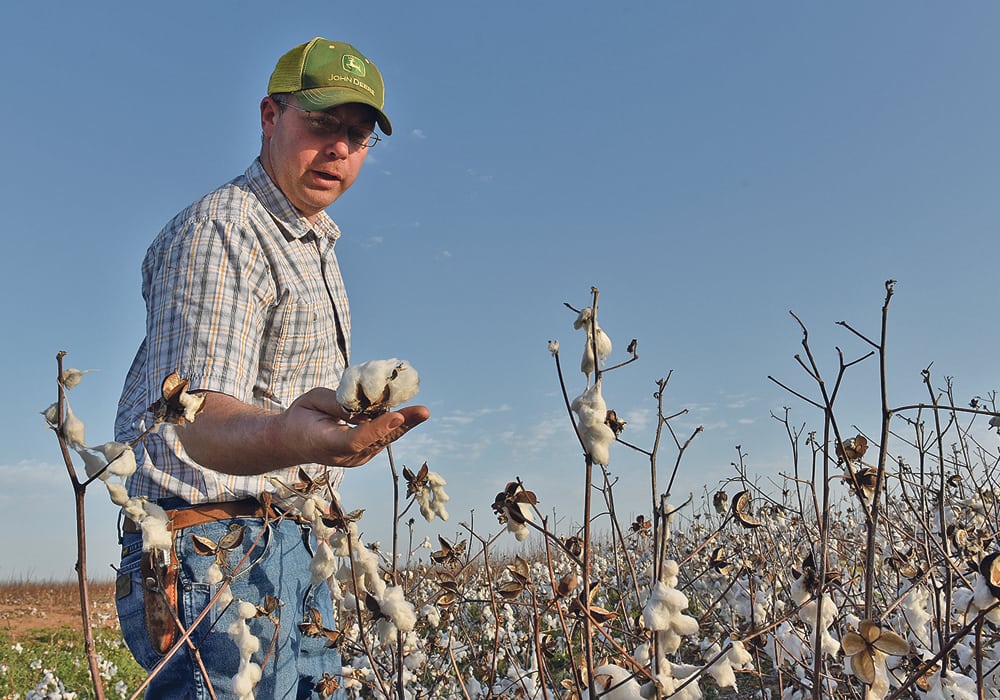Farmers sour on wheat after global glut causes lower prices; cotton seen as safer crop because it requires less water
ANTHONY, Kan. (REUTERS) — Farmers in Kansas and Oklahoma are planting more land with cotton than they have for decades as they ditch wheat, attracted by relatively high cotton prices and the crop’s ability to withstand drought.
A 20-percent increase from last year marks a sharp turnaround for the crop that once dominated the Mississippi Delta into Texas. Just three years ago, low prices led to U.S. farmers planting the fewest acres with cotton in more than 30 years.
The switch to cotton in the southern plains of the United States could be long term as farmers have struggled to make a profit on wheat due to a global glut.
Read Also

Farming Smarter receives financial boost from Alberta government for potato research
Farming Smarter near Lethbridge got a boost to its research equipment, thanks to the Alberta government’s increase in funding for research associations.
Cotton is a safer bet than wheat because it can be grown with less water, at a time when drought has hit some areas of the U.S. farm belt.
“I have switched out of grain pretty much completely,” said southern Kansas farmer Darrin Eck. “It’s rough to raise beans or corn. But, if we get a little bit of rain, the cotton works.”
Eck said he will plant 3,000 of his 4,000 acres with cotton, up from 1,700 last year. He also spent about US$500,000 to buy a used John Deere cotton harvester.
Even with expectations for more planted acres, cotton futures are hovering above 80 cents per pound, near the highest levels in about four years. Wheat futures have recovered from 2016’s decade-low of $3.60, fetching about $5.43 per bushel on May 25.
The other that crop farmers typically turn to during periods of drought or low rainfall is sorghum. Both cotton and sorghum need less water than soybeans, corn or wheat.
But China in April targeted sorghum for punitive import tariffs in a trade dispute with the U.S., a move that sent prices plunging and made cotton the clear winner for many farmers this year. China has since removed the sorghum tariffs, but by then, most farmers had made their planting choice.
Growing more cotton is still a gamble. China had threatened to impose tariffs on U.S. cotton imports, before tensions eased last week between the world’s two largest economies.
In Kansas, farmers planned to sow 130,000 acres of cotton, the most ever, according to the U.S. Department of Agriculture. Oklahoma cotton plantings were forecast at 680,000 acres, the largest since 1980.
Across the country, farmers will likely plant 13.469 million cotton acres, the most since 14.735 million in 2011, after total acres of wheat planted last winter fell to 32.7 million, the smallest in about a century.

















